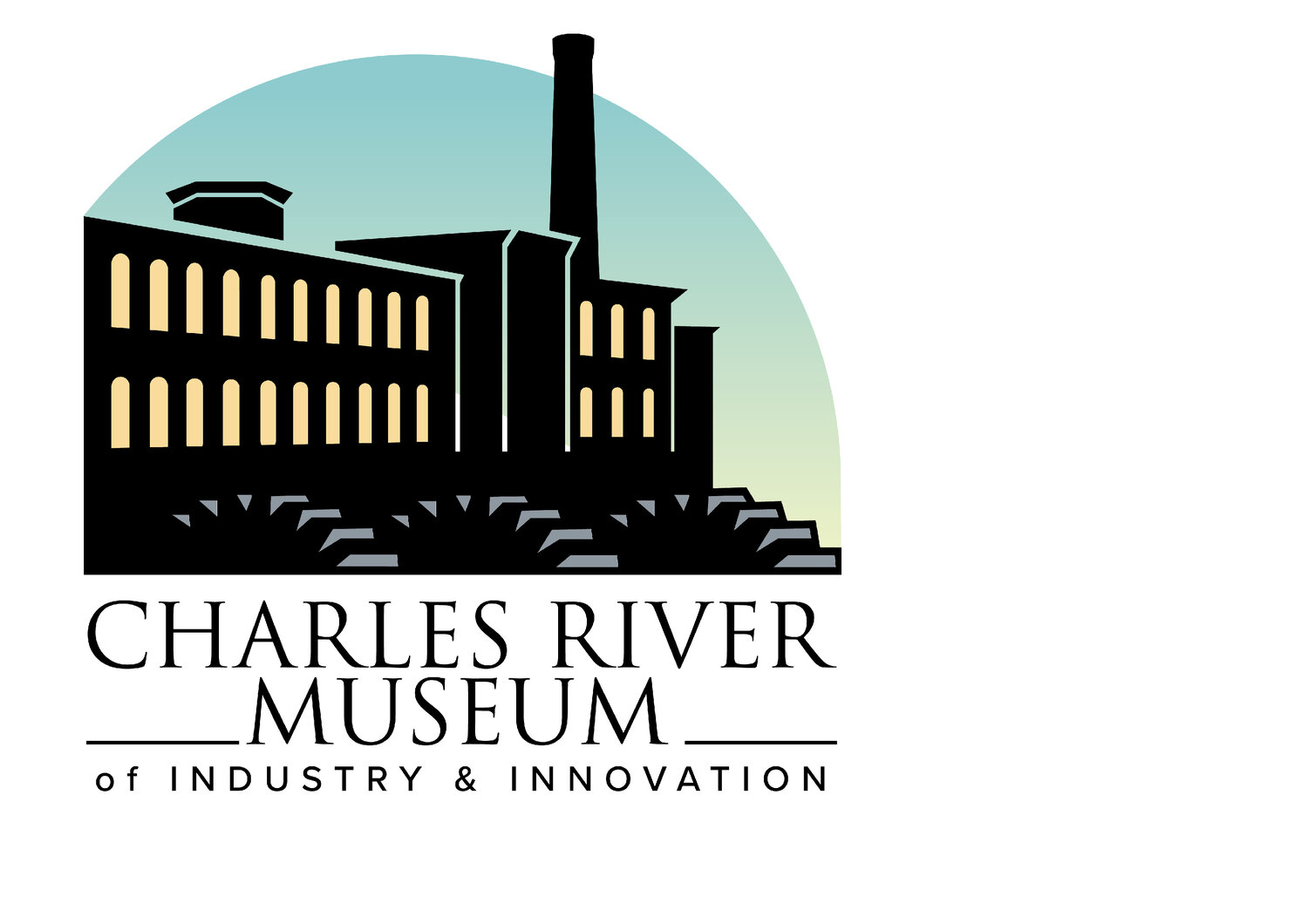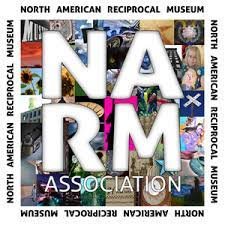Of Trenches & Timepieces Part 2
Not only did this demand breathe new life into the factory, it compelled Dennison to design cheaper watches “for use of the volunteer soldiers.”[9] In 1861, a watch movement, named the William Ellery, a signer of the Declaration of Independence, became known as the “soldiers watch.”[10] The Ellery watch, without the case, could be purchased for thirteen dollars. In this respect, the war forced Waltham watch to produce and reproduce more affordable timepieces, including the Bartlett watch that sold for sixteen dollars. The soldiers’ demand and purchase of Waltham watches, one might argue, saved the factory in the moment and over time. The Bartlett watch, for example, remained their most popular timepiece, produced during the full course of the factory’s life span (1850-1954).[11]
Many sources testify to the popularity of the William Ellery Watch, also known as the Model 1857, during the mid nineteenth century. That is, there remain many Ellery watches from this time period that can be found at museum sites and at online merchandise sites such as the lot in the photo below, from an eBay seller, of eight antique William Ellery timepieces.
Even Abraham Lincoln was presented with a gift of a William Ellery watch, housed now at the Smithsonian. One Smithsonian curator, Carlene Stephens, has also delved into the history of a watch owned by G. D. O’Farrell, a Civil War battlefield surgeon, who served in two Pennsylvania regiments, between 1863 and 1865.
She conjectures, given the wear and tear, that the watch may have been used to take a patient's pulse, to catch a local train on time, etc. The inscription inside certainly ties the watch to the war: “White Hall USA Gen’l Hospital, Feb. 15, 1865 Presented to Dr. G. D. O’Farrell, USA, by the patients of Ward C as a token of regard & respect for his ability as a surgeon and unswerving integrity as a man.” A Pinterest site, also displays (for sale) a William Ellery watch and conjectures that it may have been a soldier's watch. According to this site: “The Waltham Watch Company Model 1857 is known as the first successful industrialized watch in America, and the ones from the Civil War period are greatly sought after by collectors.” Other sites offer the same model, from the same time period, ranging in price from nine hundred and fifty dollars, to over one thousand dollars.
According to a Smithsonian article, these two watches, Ellery and Bartlett, were in such demand that “roving merchants” went from encampment to encampment hawking them! But why were soldiers demanding these watches? Well just as the industrial revolution produced precision run factories according to clock-time, so it was thought that the battlefield could be organized like a seamless, clockwork machine. Afterall, watches were no longer just expensive keepsakes, they were integral to the organization of society and work during the mid nineteenth century. Who could afford these watches is not entirely clear—the salary for a volunteer soldier was on average thirteen dollars a month, and for an officer as much two hundred and twelve dollars a month.
With the general affordability and widespread availability of watches, officers hoped to use these timepieces to coordinate efforts on the battlefield.[12] But it was not to be. This was a period before standardized time zones, so each officer’s watch was coordinated to local time, so the variation of local times, among other things, plagued the soldier. That Albany was one minute and 1 second ahead of New York City, and Baltimore 10 minutes, 27 second behind mattered little before Civil War as individuals would simply adjust their watches indicated by local railroad schedules or a public clock. On the field, theses differences of seconds or minutes could be disastrous as individuals consulted their own watches, timed to their own localities, or homes. Time on the battlefield was then determined by nature’s rhythms (dusk and dawn), and the specific orders of the commanders and generals.
During the Civil War, watches did often fail to coordinate attacks but they were relied upon by the North and South in the field despite their deficiencies. Also they were in demand for other reasons as well. During this period of increased nationalism, union soldiers wanted an American watch, undercutting the bias in the States towards European timepieces. Finally, according to a Smithsonian exhibit, On Time: How America has learned to live by the Clock, “as watches became part of the dress of ordinary men and women, people increasingly saw time in terms of the watch dial.”[13] So, the soldiers’ demand for watches was also driven by modernity, as our country shifted from the rhythms of the sun to the insistence of the clock.
End Notes:
[1] E. A. Marsh, History of Waltham Watch Company.
[2] ”https://www.eliwhitney.org/7/museum/about-eli-whitney/factory .
[3] Marsh, p 8.
[4] Marsh, http://www.pocketwatchrepair.com/histories/waltham.html
[5] Marsh, 62.
[6] Marsh, 23-25.
[7] Marsh, 27; http://americanhistory.si.edu/blog/2011/08/a-closer-look-at-a-civil-war-watch.html; Cheryl A. Wells, Civil War Time: Temporality and Identity in America, 1861-1865, The University of Georgia Press, Athens and London, 2005, p. 7.
[8] Marsh,
[9] Marsh, 27.
[10] http://www.oldwatch.com/waltham.html
[11] Marsh, 27.
[12] Civil War Watches,p. 7.
[13] http://americanhistory.si.edu/ontime/mechanizing/machine.html











